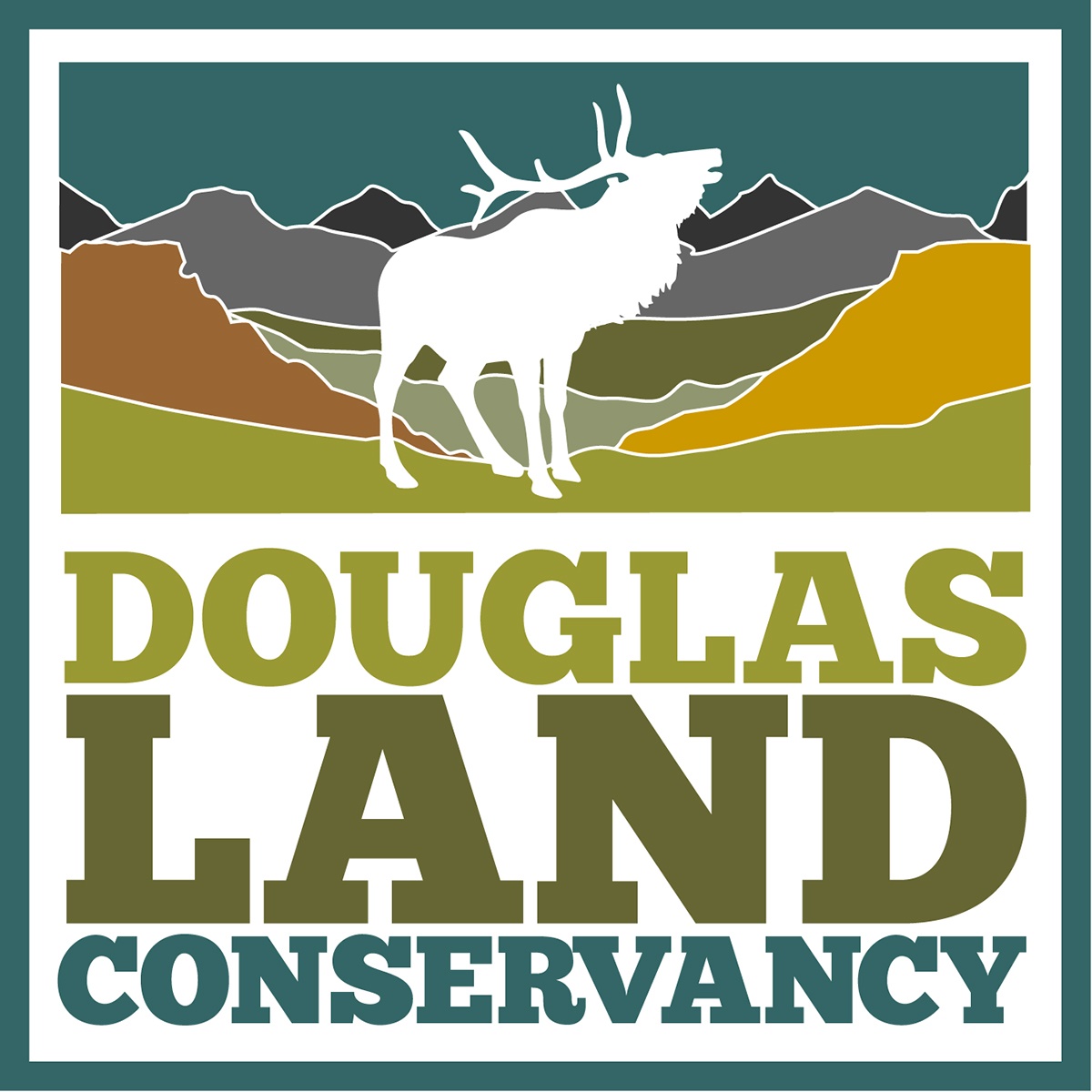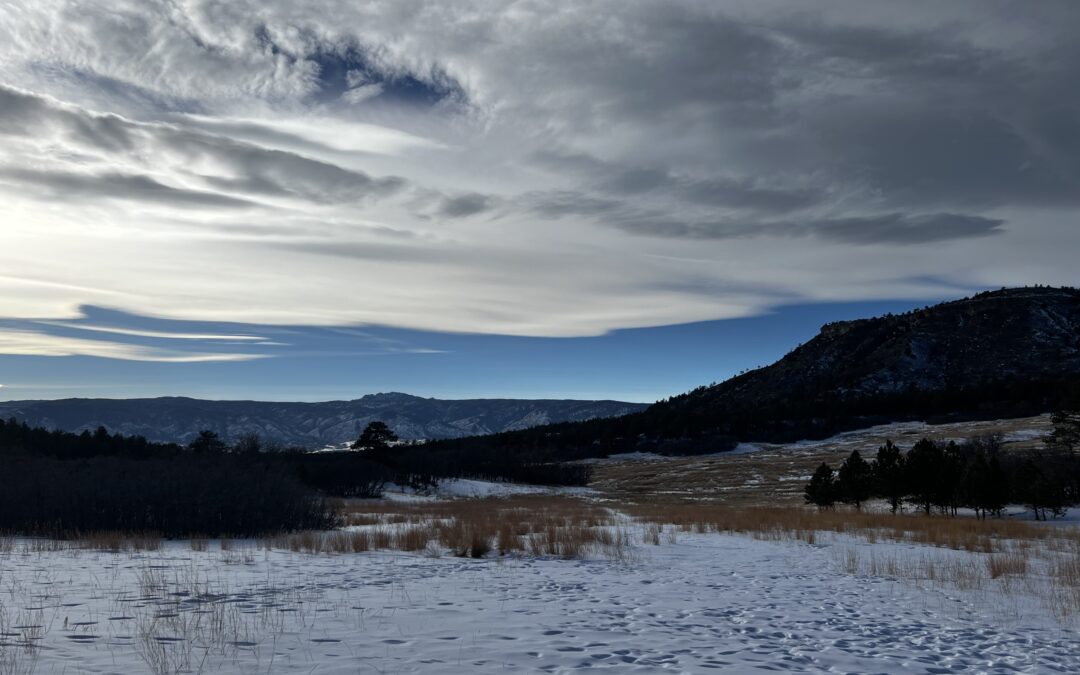By Alan Clarke
I glanced out my office window as the strengthening blizzard took hold of the city. Horizontally blowing curtains of snow partially obscured the nearby office and apartment buildings. The accumulation of flakes on the parking lot below already amounted to several inches. I could see that cars were beginning to slide during starts and stops as traction was no longer assured. The facility maintenance crew had given up trying to keep the walkways shoveled and gone inside to warm up out of the wind. Time to clear out and head home before the conditions became any more treacherous.
I made my way slowly along the slushy roads, glad that I had a reliable 4-wheel-drive SUV with excellent tires. Streetlights began coming on as the day grew late and the heavy storm clouds hastened an early twilight. Summitting the ridge to the west of the city, I began the decent into open ranch land, leaving the city lights behind.
From time to time, I could make out the vague outline of a rock formation or tree, but mostly all I could see was the wall of blowing snow in every direction. The road was now covered with nearly six inches of snow, and the tire tracks of the most recent vehicles to pass by were invisible. I was having trouble determining where the road surface was located, much less staying in my lane. As the evening darkness descended, I seemed to have entered a strange, featureless world where there were no shapes or colors, everywhere appearing a uniform white in the beams of my headlights.
The contrast between the lighted city I had just left and the desolate area I was passing through could not have been more stark. Here there were no lights, no structures, and in fact, since I could no longer make out the road at all, no indication of the civilized world whatsoever. It was discomfiting, creeping along alone out in the dark and storm, but at the same time unexpectedly exhilarating.
Typically, when we lovers of open space think of balancing development with the preservation of pristine lands, we are thinking of protecting beautiful landscapes, natural recreation areas and animal habitat such as Sandstone Ranch or Dawson Butte or Greenland Open Space. Yet here I was driving through whiteout conditions in a blizzard, and the value of preserving land hit home with more force than ever.
Sometimes preservation of open space is as important for what we can’t see as for what we can see. Driving through that open ranch land, some of it protected by conservation easements, on a clear, snowless day is such joy. Sight of the fields and forests and rock formations creates such a feeling of peace, of freedom, of hope for humanity’s future. Driving along that back country road in the storm at night was just as joyful, partly because I could not see a single sign of human presence.
The importance and value of Douglas Land Conservancy’s mission is manifold. For some conserved properties, it is to help preserve a ranching way of life as old as Colorado. For other properties, it is to preserve landscapes and habitat so that future generations will always be awed by the magnificent views and wildlife that make Douglas County and surrounding areas so unique. And for others, it is to provide people with special places to immerse themselves in nature. We should be thankful for all these benefits. In addition, for all the lands that DLC helps to steward, we should take a moment to note what is not there on those properties, and appreciate that absence as well.

